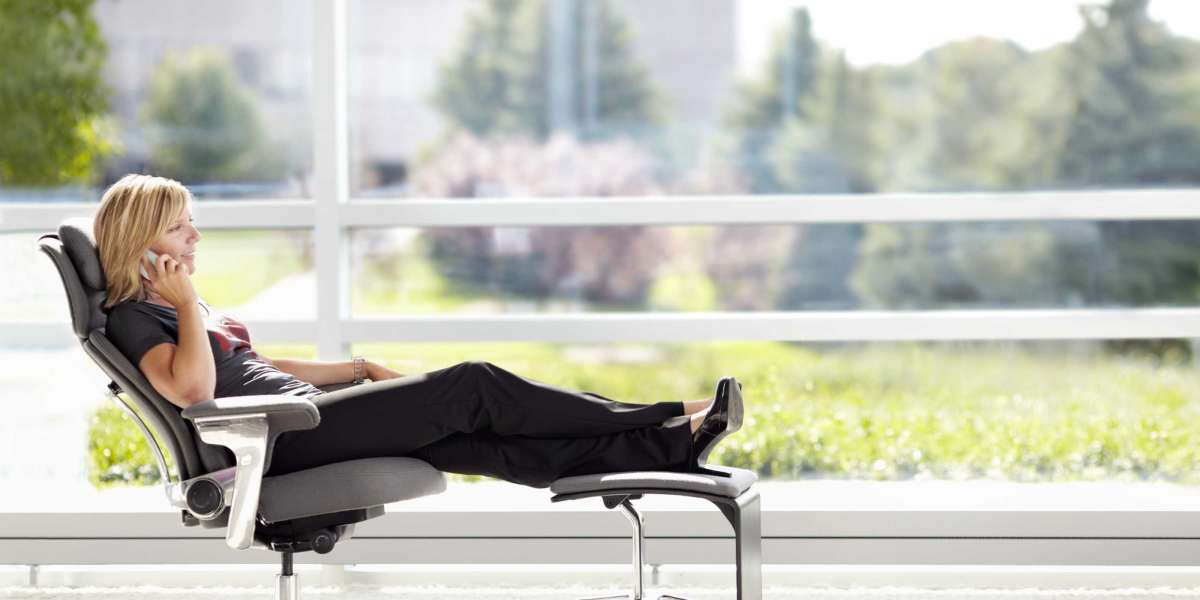When it comes to selecting a chair, comfort is paramount. Whether you're working long hours at your desk or enjoying leisure time at home, a comfortable chair can significantly impact your posture, health, and overall well-being. In this article, we will explore the key features to look for in a comfortable chair, ensuring that you make an informed decision.
1. Ergonomic Design
Why Ergonomics Matter
Ergonomics refers to the science of designing furniture that fits the human body. A chair with an ergonomic design promotes good posture and minimizes discomfort during prolonged use.
Key Elements of Ergonomic Chairs
- Adjustable Height: The chair should allow for height adjustments so that your feet rest flat on the floor, with your knees at a right angle.
- Lumbar Support: Proper lower back support is crucial. A good chair will have built-in lumbar support to maintain the natural curve of your spine.
- Armrests: Adjustable armrests can reduce strain on your shoulders and neck, promoting a more relaxed posture.
2. Quality Materials
The Importance of Material Choice
The materials used in a chair significantly affect its comfort level, durability, and aesthetic appeal. High-quality materials can enhance your seating experience.
What to Look For
- Upholstery: Look for breathable fabrics such as mesh or high-quality leather that offer comfort while being easy to clean.
- Foam Density: The seat cushion should be made from high-density foam, which provides better support and maintains its shape over time.
- Frame Construction: A sturdy frame made from solid wood or metal will ensure that the chair can withstand regular use without compromising stability.
3. Seat Depth and Width
Finding the Right Fit
The dimensions of the chair seat play a critical role in overall comfort.
Recommended Measurements
- Seat Depth: Ideally, the seat depth should allow you to sit back comfortably while keeping your back against the backrest. A depth of 16 to 20 inches is usually optimal.
- Seat Width: A width of 18 to 20 inches accommodates most users comfortably. Ensure that there is enough space for movement without feeling cramped.
4. Adjustability Features
The Need for Customization
Not everyone is the same height or shape; thus, adjustability is a vital feature in comfortable chairs.
What Adjustments to Consider
- Tilt Mechanism: Look for a chair that allows you to tilt back or forward, enhancing your comfort during different tasks.
- Reclining Options: A chair with a reclining feature enables you to lean back for relaxation, which can help reduce stress and tension.
- Swivel Base: A swivel function offers convenience, allowing you to reach for items without straining your body.
5. Stability and Mobility
Ensuring Safety and Flexibility
A comfortable chair should not only be pleasant to sit in but also stable and easy to maneuver.
Key Factors for Stability
- Base Design: A five-point base is recommended for stability. This design prevents tipping and provides balance during use.
- Caster Wheels: If you plan to use the chair on a hard floor, ensure it has appropriate caster wheels that roll smoothly without scratching surfaces.
6. Style and Aesthetics
The Role of Design in Comfort
While comfort is crucial, the aesthetic appeal of a chair shouldn't be overlooked. A visually pleasing chair can enhance the overall ambiance of your space.
Choosing the Right Style
- Color and Finish: Select colors and finishes that complement your existing decor.
- Design: From modern to traditional, choose a design that resonates with your personal style and preferences.
7. Price vs. Quality
Investing in Comfort
While it may be tempting to opt for the cheapest option, investing in a quality chair pays off in the long run.
Finding the Right Balance
- Evaluate Features: Compare the features offered at different price points to ensure you’re getting value for your money.
- Warranty and Return Policies: Consider products with warranties or generous return policies, indicating manufacturer confidence in their product’s quality.
Conclusion
Selecting the right chair is an essential investment in your comfort and well-being. By focusing on ergonomic design, quality materials, adjustability, stability, and aesthetics, you can find a comfortable chair that meets your specific needs. Remember, comfort should never be compromised, and the right chair will provide you with a seating experience that enhances both productivity and relaxation.








